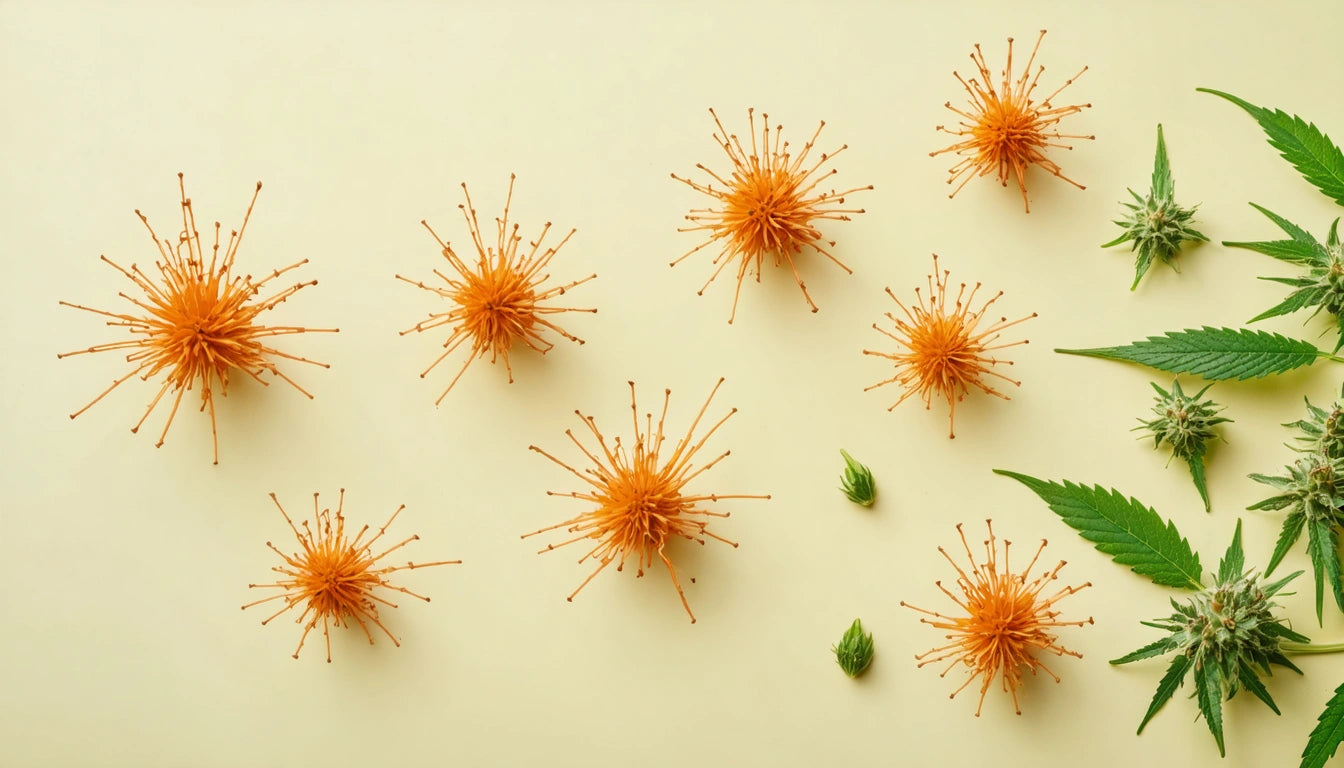Understanding Drug Screens: What They Are, How They Work, and What to Expect
Drug screens have become a standard procedure in many employment processes, medical settings, and legal situations. Understanding what a drug screen is and how it works can help alleviate anxiety and prepare you for what to expect. This guide provides comprehensive information about drug screening procedures, detection windows, and practical considerations.
What is a Drug Screen?
A drug screen is a technical analysis of a biological specimen to determine the presence or absence of specified parent drugs or their metabolites. Unlike comprehensive drug tests, screens are typically preliminary assessments designed to quickly identify potential substance use.
As explained in this detailed comparison, drug screens differ from drug tests in both methodology and purpose. Screens provide rapid results but may require confirmation testing if positive results occur.
How Drug Screens Work
Drug screens operate on the principle of immunoassay technology, which uses antibodies to detect specific drug compounds or their metabolites in a biological sample. When a target substance is present, it triggers a biochemical reaction that produces a measurable result.
The process generally follows these steps:
- Collection of a biological sample (urine, blood, saliva, hair, or sweat)
- Sample preparation according to testing protocols
- Application of reagents that react with specific substances
- Analysis of reactions to determine presence of target compounds
- Interpretation of results against established thresholds
Understanding the frequency of testing is also important, as different employers and situations may require regular or random screening.
Common Types of Drug Screens
Urine Drug Screens
Urine testing is the most common method due to its non-invasive nature, relatively long detection window, and cost-effectiveness. Urine drug screens can detect most substances for several days after use, making them ideal for both pre-employment and random testing scenarios.
Blood Drug Screens
Blood testing provides the most accurate results but has a shorter detection window than urine tests. These are typically used in medical emergencies, accident investigations, or situations requiring precise determination of current impairment.
Saliva Drug Screens
Oral fluid testing is becoming increasingly popular due to its ease of collection and ability to detect very recent use. The collection process is observable, reducing the risk of sample tampering. Many employers are moving toward these tests for their convenience and difficulty to adulterate.
Hair Drug Screens
Hair testing offers the longest detection window, potentially identifying substance use from months prior. This makes it valuable for establishing patterns of use rather than recent consumption. Our specialized storage solutions for sensitive materials are designed with similar principles of maintaining sample integrity over time.
Substances Detected in Drug Screens
Drug screens vary in the substances they detect, typically organized into panels based on the number of drug classes tested:
- 5-panel: Marijuana, cocaine, amphetamines, opiates, phencyclidine (PCP)
- 9-panel: Adds barbiturates, benzodiazepines, methadone, and propoxyphene
- 10-panel: Typically adds methadone and propoxyphene or MDMA
- 12-panel: May include additional synthetic opioids or prescription medications
For a detailed breakdown of what each panel tests for, refer to this comprehensive guide on drug screen panels.
Does Alcohol Show Up on Drug Screens?
Standard drug screens do not typically test for alcohol, as it metabolizes quickly and requires specific testing methods. However, specialized tests can detect alcohol metabolites for up to 80 hours after consumption. Some comprehensive panels may include alcohol testing, particularly in safety-sensitive positions or legal situations.
Does Detox Show Up on Drug Screens?
Detox products themselves do not typically register on drug screens, but some sophisticated tests may look for adulterants or unusual sample characteristics that suggest tampering. Modern labs often check for sample validity by measuring temperature, pH, specific gravity, and creatinine levels.
Where to Get a Drug Screen
Drug screens are available through various channels depending on your needs:
- Employer-mandated testing: Usually conducted at designated collection sites or labs
- Urgent care centers: Offer walk-in testing services for various purposes
- Specialized testing facilities: Companies like Quest Diagnostics or LabCorp
- Medical facilities: Hospitals and clinics can provide testing with a doctor's order
- Home test kits: Available at pharmacies for preliminary self-screening
Many employers contract with third-party administrators who manage the entire testing process, from collection to reporting, ensuring compliance with relevant regulations.
Preparing for a Drug Screen
When preparing for a drug screen, consider these important factors:
- Disclose all prescription medications to the testing facility
- Bring identification and any required paperwork
- Follow any pre-test instructions regarding food, fluid intake, or medications
- Be aware of potential false positives from over-the-counter medications or certain foods
- Understand your rights regarding test results and privacy
For those concerned about passing a test, these strategies for multi-panel drug screens provide useful information about detection windows and factors affecting test results.
Navigating Drug Screens for Employment
Pre-employment drug screening has become standard practice across many industries. Understanding the process can help job seekers navigate this requirement successfully:
- Most employers provide advance notice of required drug screening
- Testing typically occurs after a conditional job offer
- Results are usually available within 24-72 hours
- Positive results may allow for explanation or medical review
- Some states have restrictions on when and how testing can occur
The landscape of employment drug testing is evolving, particularly regarding marijuana testing in states with legalization. Some employers are modifying their policies to focus on impairment rather than past use, while safety-sensitive positions typically maintain strict zero-tolerance approaches.
Understanding both your rights and the employer's policies is essential when navigating the job application process. With proper preparation and knowledge of what to expect, drug screens can be approached with confidence rather than anxiety.











Leave a comment
All comments are moderated before being published.
This site is protected by hCaptcha and the hCaptcha Privacy Policy and Terms of Service apply.